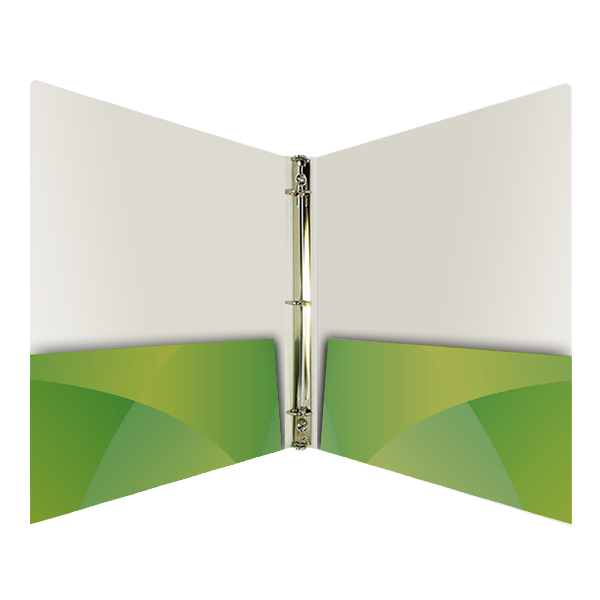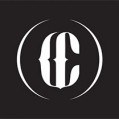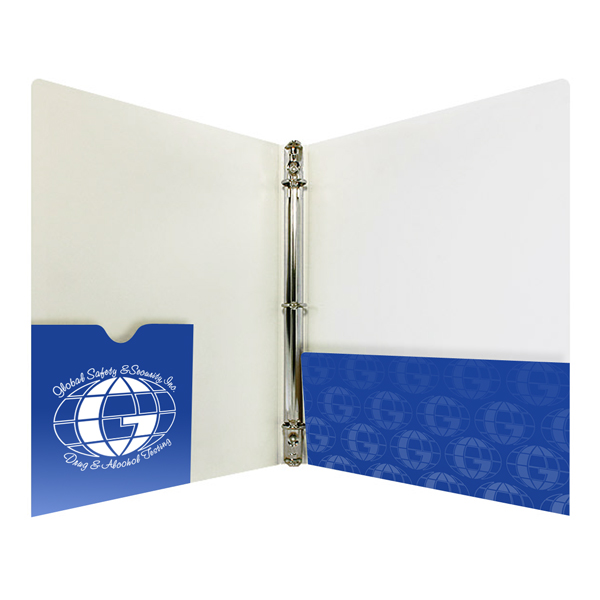Keeping accurate financial records is crucial to the success of a small business. Custom business binders keep companies of all sizes running like clockwork by making financial records organized and easily accessible. The following ideas will help you make the most out of your accounting binders and help transform them from simple storage space to helpful business tools.
Store More with Pockets
Extra pockets give you additional room to store files. This is especially handy in situations where the records you’re keeping cannot be three-hole punched, such as official documentation and receipts. You can also use the pockets to hold other important items you’ll need, such as a small calculator and legal pad.
Protect Your Documents with Binder Sleeves
Binder sleeves not only keep your important financial records protected, they offer an alternative to pockets for documents that cannot be three-hole punched. They make an excellent choice when you have document packets to file. For example, if you have a sales receipt stapled to an invoice, file it in a binder sleeve to further prevent them from being separated.
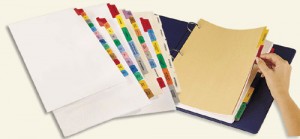
Tabbed binder dividers keep your financial records neatly organized.
Use Tabs Efficiently
In some cases, you may find that you need to break up and organize the financial information inside the binder itself. In these cases, add tab dividers to your ledger binders. Tabs can further break up financial data into easy-to-browse categories. This allows you to track financial records over an entire year in one binder, while still having separate sections for each individual month as well.
Add Window for Maximum Organization
Most financial records are broken up into yearly, quarterly or monthly reports, but it’s not economical to have an entire batch of ledger binders printed for only one financial period. Instead, use a window on the outside cover so you can display the time frame on the first page of the binder instead of the cover itself. Both the 2-pocket binder and right pocket binder are excellent choices for this purpose.
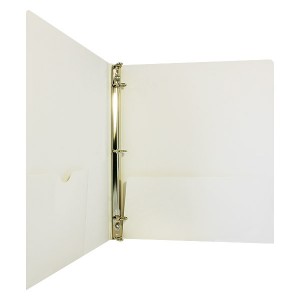
An example of a financial binder that includes a holder for CDs or DVDs (SKU: 88-05).
Store Digital Files in a CD Pocket
With the rise of digital bookkeeping, you may find yourself requiring storage space for both physical and digital files. Add a CD pocket to your ledger binders so you can easily group and file your digital records along with paper copies. As a bonus, having all this hard copy data on hand is a great way to make sure you have a backup of all your important financial files.
Design for Clients
Depending on your line of work, you may find yourself having to present potential clients with financial information. Design your financial binders with them in mind, so that it says something about your business and helps to promote your brand message. Throw in a business card holder so that your clients can always reach you.
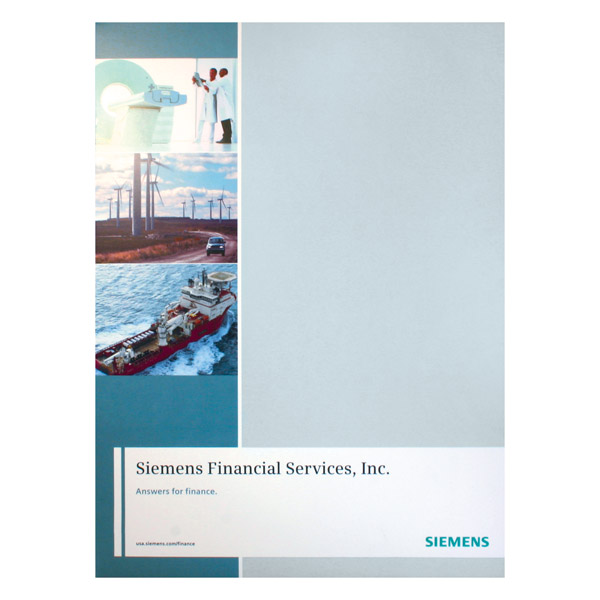
Design your financial binder so that it can be used over multiple aspects of your business (SKU: 08-10).
Strive for Flexible Design
When designing your ledger binders, you want to consider a design that you can use across all financial platforms of your business. Printing a batch of binders that are marked for a particular year or purpose can lead to the possibility of unused products. Instead use a simple design that can be reordered and reused as many times as you need.
These are just a few ideas to help you get the most out of your accounting binders. If you find your financial needs require special accommodations, consider looking into which customization options are available.
This post is a part of our Binders 101 product guide.

